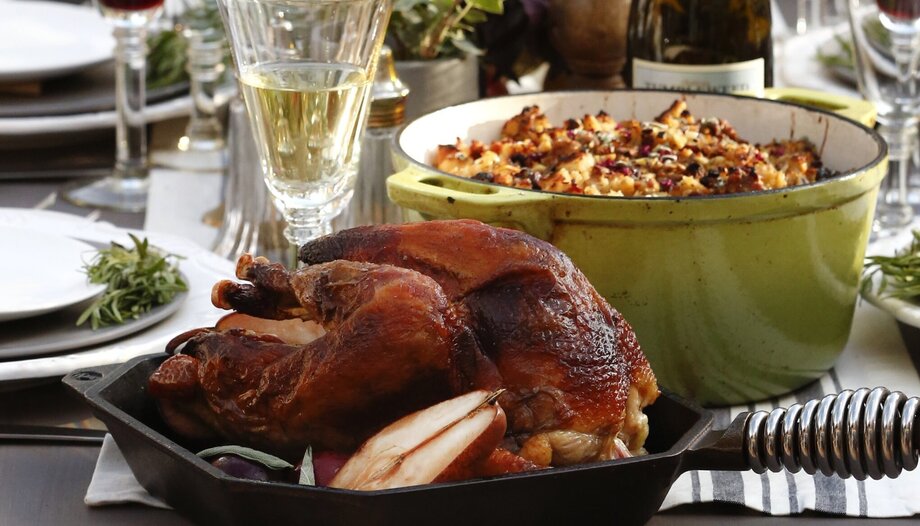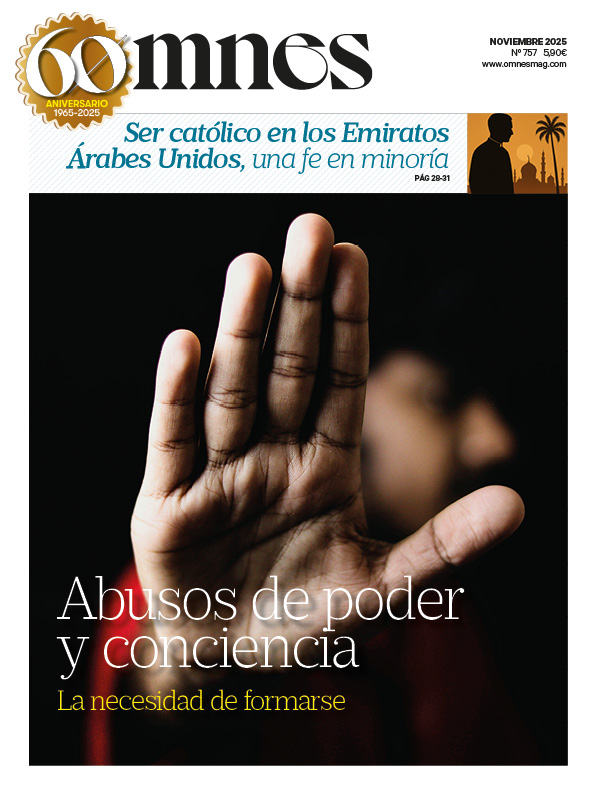The United States is a melting pot: a patchwork people, a cultural and ethnic highway, all driving toward similar goals and objectives.
We are Irish, German, Polish, African, French, Puerto Rican, Russian, Italian, Mexican, Spanish, Chinese, Venezuelan, Nicaraguan, and every other country we see on the world map. And, of course, the Native Americans whose feet were on American soil before all of us. We are inherently similar and distinctly and beautifully different. Many are Christians, Catholics, Protestants, Baptists, Episcopalians, and Jews, and some are Muslims and Atheists. Still, on the most secular holiday of the year, Thanksgiving, we are all American, united by a day that evokes childhood memories and allows us to create new ones of family food and great stories. It is a day we give special thanks for our abundant blessings.
Thanksgiving is a National holiday in the United States celebrated annually on the fourth Thursday of November. It is a day when family and friends gather together and enjoy a traditional Thanksgiving meal, which may vary from one house to the next depending on one's ethnicity and food preferences. Still, every family can count on Tom (an endearing name many Americans give to their turkey every year) to make an appearance. It's the day that most people invariably break their diet. And when Americans sit at the table for hours and linger longer than other days, talking, laughing, maybe crying, watching football, and thinking about the eagerly awaited Black Friday Sales.
Although the history of Thanksgiving is perpetually up for debate and, at times, met with controversy, we know that it was considered a harvest celebration between the early settlers of the Plymouth colony and members of the local Wampanoag tribe at the Plymouth Plantation. According to Sarah Pruitt, a contributor to History.com, "It wasn't known as Thanksgiving…and it took place over three days between late September and mid-November in 1621."
Tom Begley, the executive liaison for administration, research, and special projects at Plimoth Plantation, wrote, "Basically it was to celebrate the end of a successful harvest…the three-day celebration included feasting, games, and military exercises, and there was definitely an amount of diplomacy between the colonists and the native attendees, as well." He also confirms that giving thanks was essential to English and Native American cultures. "For the English, before and after every meal, there was a prayer of Thanksgiving. "
Likewise, for the Native Americans, Thanksgiving was a part of their daily lives. Linda Coombs, the former associate director of the Wampanoag program at Plimoth Plantation, says, "Every time anybody went hunting or fishing or picked a plant, they would offer a prayer or acknowledgment." And, in 1863, during the Civil War, President Abraham Lincoln proclaimed a national Thanksgiving Day to be celebrated in November.
The traditions of "Turkey Day" (as some Americans call it) have developed since the two cultures ate together. The Thanksgiving Day table shows the fusion of one's ancestor's culture and that of their own American culture. Side dishes may vary, but turkey always gets an invitation.
In an Italian-American household, one will enjoy all of the American trimmings, such as cranberry sauce, stuffing, mince pie, and sweet potatoes. In addition, Italian-American accompaniments, like stuffed artichokes, stuffed mushrooms, fried cauliflower and artichoke hearts, Brussel sprouts, and very often, the antipasto and lasagna are expected, even if there is no need.
Anthony, a lay person at Saint Joseph's Seminary and College who is discerning the priesthood, had this to say about Thanksgiving, "What I love about it Thanksgiving is the bond between family, especially being Italian American; it's a time to share things that we normally share, and that makes us even stronger." He eats the traditional American foods on Thanksgiving but always eats Lasagna, Italian pastries for dessert, and cappuccino.
Some Puerto Ricans like Maria, who came to the United States when she was just a few days old, said the table is filled with more Puerto Rican delicacies than American ones. She said her grandmother made "hundreds of Pasteles; she would give a dozen to each family member when they left…" And "she would also make pernil, arroz con gandules, ensalada de papa, and yams....and then we would finish a plate, and she'd give us another plate, and she would make coquito." That was another delicious thing, remembered Maria. And then for dessert, they would enjoy coconut candy that "they would make and limber." Maria said as a child, she would get excited to get together with all the family members and said, "Their tradition was to put up the tree on Thanksgiving Day. Maria is the manager of The Church of Our Saviour in Manhattan.
Angel, who is also Puerto Rican and retired but loves the Catholic Church so much that he decided to work as an usher in Saint Patrick's Cathedral, spoke to Omnes about his traditions. His parents were born in Puerto Rico, and he was born and raised in New York City: "It was a traditional Thanksgiving." they enjoyed turkey, but in addition, his mom made Puerto Rican food, too, like Maria's family, pastels, arroz con gandules, rice pudding were enjoyed, but angel recalled, "She also made stuffing, the normal American tradition Thanksgiving." He shared what Thanksgiving means: "I love Thanksgiving; it's a day of giving to everyone, especially the poor; some of these people don't have food on their table to eat."
Thanksgiving, for some Dominican families like Luis, who also works at Saint Patrick's Cathedral in New York City, says, "We do a lot of stuff: turkey, chicken pork, salad, and arroz con gandules," makes an appearance again!
The language, decor state, and dishes may vary. Still, most of us ultimately appreciate the holiday that allows us to slow down, relax, overeat, gather with relatives and friends, some of whom we might see infrequently, and create new memories.
Fortunately for Catholics, however, we are blessed with the greatest harvest every time we receive the Eucharist; as we Catholics know, it means Thanksgiving, so why not strive to thank God for His Body and Blood every day?








